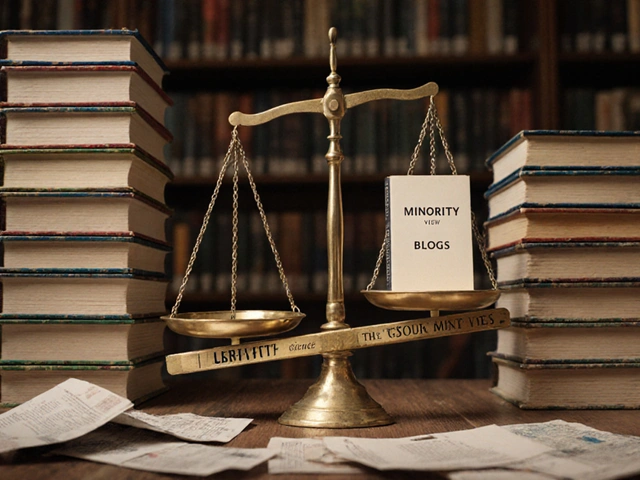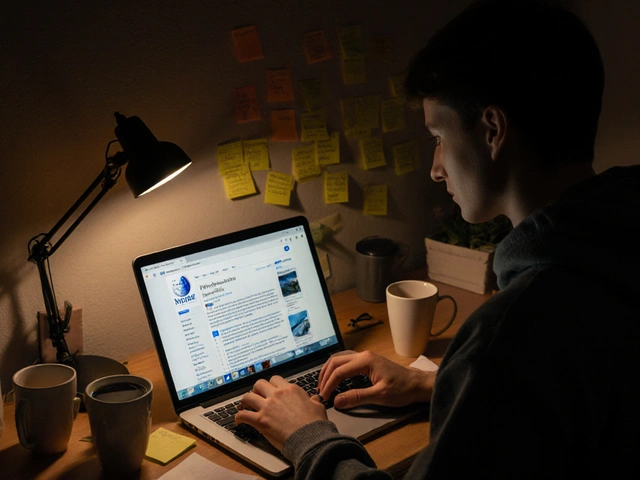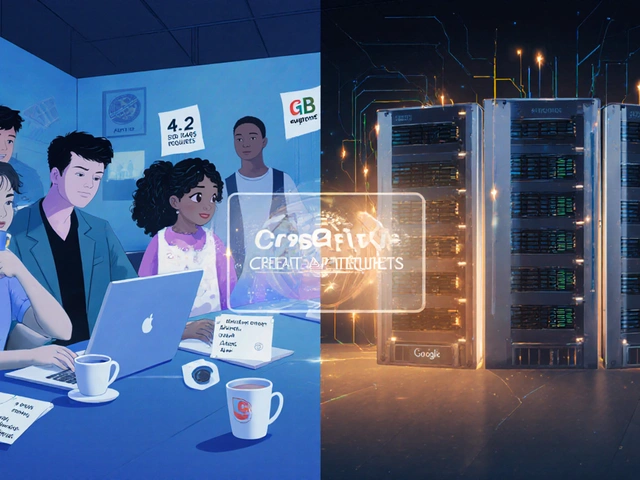Content Reuse on Wikipedia: How Knowledge Is Shared, Repurposed, and Protected
When you see the same fact appear across dozens of Wikipedia articles in different languages, that’s not a coincidence—it’s content reuse, the practice of sharing verified information across platforms to avoid duplication and maintain consistency. Also known as knowledge replication, it’s the quiet engine behind Wikipedia’s scale. Without it, every editor would have to rewrite the birth date of every scientist, every population count for every city, and every plot summary for every movie—over and over. Instead, a single update in Wikidata, a central database that stores structured facts used by all language versions of Wikipedia automatically updates thousands of pages. That’s content reuse in action: one source, many outputs.
But reuse isn’t just about convenience—it’s about accuracy. When a journalist cites a Wikipedia article, they’re often relying on data that was originally pulled from a peer-reviewed journal, then verified by volunteers, then pushed into Wikidata, and finally embedded into dozens of articles. That chain only works because reuse follows strict rules. You can’t just copy text from a blog or a book—that’s copyright takedown, the process of removing content that violates licensing rules. Wikipedia only reuses material that’s freely licensed or in the public domain. Even then, it has to be rewritten in neutral language. That’s why you’ll rarely see direct copying. Instead, you see the same facts, repackaged. And when someone tries to reuse content improperly—like pulling data from Wikipedia to train an AI without attribution—it triggers policy debates, legal pressure, and community backlash.
Content reuse also depends on reliable sources. If a fact comes from a shaky source, it doesn’t get reused—it gets flagged, discussed, and often removed. That’s why the same article might be edited by a dozen people across continents, all checking citations, updating numbers, and confirming dates. Reuse isn’t lazy copying. It’s disciplined sharing. It’s what lets a small-town historian in Nepal update a global page on a local festival, knowing it’ll show up in French, Arabic, and Mandarin within hours. It’s why a change to a country’s capital city doesn’t require 300 separate edits—it’s done once, everywhere.
But this system isn’t perfect. Sometimes, outdated or biased data gets locked in because no one noticed the reuse chain. Sometimes, important local knowledge disappears because it never made it into Wikidata in the first place. And sometimes, corporate entities scrape Wikipedia data for profit without giving back—raising questions about who really benefits from this open knowledge.
What you’ll find in this collection are real stories about how content reuse works on the ground: how volunteers fix broken links, how copyright claims erase years of work, how Wikidata connects facts across languages, and how AI systems misread citations because they don’t understand the context behind the reuse. These aren’t abstract policies. They’re daily battles over truth, access, and fairness.
CC BY-SA Licensing on Wikipedia: How Versioning, Compatibility, and Reuse Work
Wikipedia's CC BY-SA license lets anyone reuse its content for free, as long as credit is given and changes are shared under the same terms. Learn how versioning, compatibility, and reuse rules work in practice.







